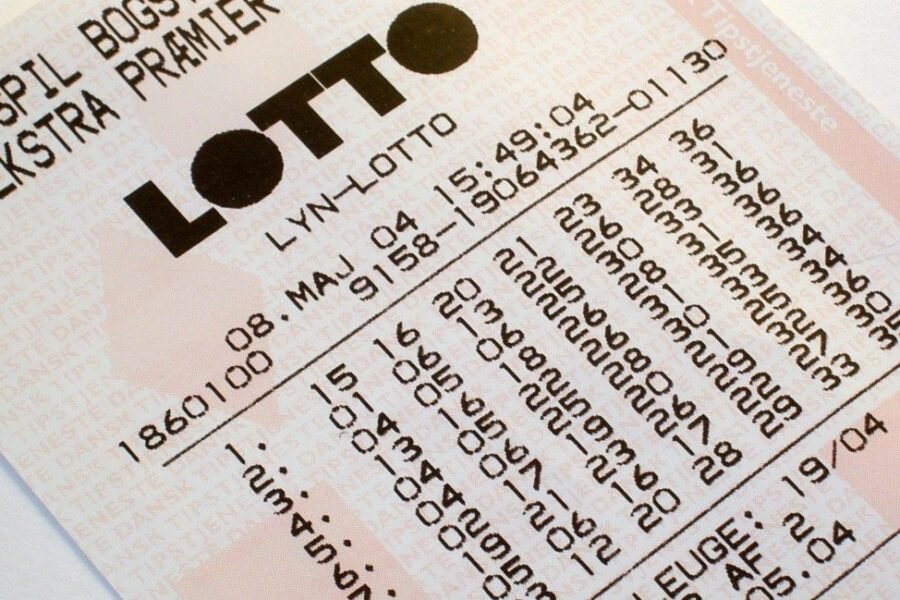Many aspiring traders believe you need a huge amount of capital to succeed in the stock market. However, it is entirely possible to start trading and grow an account with less than $10,000. How? By using smart strategies, managing risk effectively, and building a solid foundation of knowledge. This guide will show you the precise steps to navigate the stock market with a small account and work your way toward profitability.
First, Understand the Nature of the Stock Market
Before placing a single trade, you must dedicate time to understanding how the stock market works. The market has its own rhythm, influenced by economic factors, corporate performance, and investor sentiment. Jumping in without this knowledge is like sailing without a map.
Many new traders are eager to make quick profits and find studying historical price charts boring. This is a critical mistake. Analyzing past market movements helps you recognize patterns and understand how stocks react to different events.
This foundational knowledge is not about finding a shortcut. It is about building the skills and discipline required to trade like a professional. Focus on the core concepts first, and you will set yourself up for long-term success rather than short-term frustration.
How to Find a Good Broker for a Small Account
Your choice of broker is one of the most important decisions you will make. For a small account, you need a broker that offers features designed to help you manage your limited capital effectively. Many traders with small accounts look for brokers offering Contracts for Difference (CFDs) and leverage.
Leverage allows you to control a larger position with a smaller amount of capital. While this can amplify profits, it can also amplify losses, so it must be used with extreme caution. A high-quality broker will provide not only the tools but also the educational resources to understand them.
When searching for a broker, consider these key factors:
- Regulation and Security: Ensure the broker is regulated by a top-tier financial authority.
- Low Commissions and Fees: High fees can quickly eat away at the profits from a small account.
- Educational Resources: Good brokers provide articles, videos, and webinars to help you learn.
- User-Friendly Platform: The trading platform should be easy to use and reliable.
Don’t just choose the broker with the highest leverage. A reputable broker like Saxo provides a balanced offering of tools, education, and security, which is far more valuable.
Mastering the Risk to Reward Ratio
When trading with a small account, you cannot afford to take large, unmanaged risks. The risk to reward ratio is your most powerful tool for protecting your capital. This concept involves defining how much you are willing to risk on a trade to gain a potential profit.
Most professional traders will not take a trade unless the potential reward is at least twice the potential risk (a 1:2 ratio). For small accounts, aiming for a 1:3 ratio or higher is even better. This means for every $1 you risk, you aim to make $3.
A good risk to reward ratio ensures that your winning trades are significantly larger than your losing trades. This allows you to be profitable even if you only win 40% or 50% of your trades. Ignoring this principle is one of the fastest ways for a new trader to lose their entire capital.
Here is a simple example of how it works:
| Metric | Trader A (1:1 Ratio) | Trader B (1:3 Ratio) |
|---|---|---|
| Total Trades | 10 | 10 |
| Winning Trades | 6 (60%) | 4 (40%) |
| Losing Trades | 4 (40%) | 6 (60%) |
| Profit/Loss (Risking $50/trade) | (6 x $50) – (4 x $50) = +$100 | (4 x $150) – (6 x $50) = +$300 |
Why You Must Analyze the News
Trading without paying attention to major news events is like driving with your eyes closed. Economic reports, earnings announcements, and geopolitical events can cause massive price swings in the stock market. For a trader with a small account, these swings represent both opportunity and significant risk.
By staying informed about major news, you can anticipate potential market volatility. This doesn’t mean you can predict the future, but you can position yourself to ride a strong trend or, just as importantly, stay out of the market when the risk is too high.
Learning to analyze news takes time. You need to understand which news events are most important for the stocks you trade and how the market typically reacts. This is not a complicated skill, but it is an essential one for protecting your limited capital and finding high-probability trading opportunities.
Develop a Disciplined and Patient Mindset
The psychological aspect of trading is often overlooked but is especially critical when capital is small. The pressure to make money can lead to emotional decisions, such as chasing trades or risking too much on a single idea. These are surefire ways to deplete your account.
Discipline is the bridge between your trading goals and your accomplishments. You must create a trading plan that defines your strategy, risk management rules, and goals. Once you have a plan, your only job is to execute it flawlessly, day after day.
Patience is equally important. Growing a small account is a marathon, not a sprint. There will be losing trades and slow periods. A successful trader accepts this and sticks to their strategy, knowing that consistent, disciplined actions will lead to growth over time.
Frequently Asked Questions about Trading with a Small Account
How much money do I need to start trading stocks?
You can start with as little as a few hundred dollars, but an account of $1,000 to $5,000 is a more realistic starting point. This gives you enough capital to manage risk properly and trade small position sizes without being wiped out by a few losses.
What is the best risk to reward ratio for a beginner?
A beginner should aim for a minimum risk to reward ratio of 1:2, meaning you aim to make at least $2 for every $1 you risk. A ratio of 1:3 is even better, as it allows you to be profitable even with a lower win rate.
Can I make a living trading with less than $10,000?
It is highly unlikely to make a full-time living from a sub-$10,000 account. The primary goal should be to learn the process and grow the account consistently over time. Focus on building your skills and capital before considering trading as a primary income source.
Are CFDs a good way to trade with a small account?
CFDs can be useful because they allow you to trade with leverage and go both long (buy) and short (sell). However, the leverage also increases risk, so it is crucial that you understand how they work and always use a stop-loss to manage your risk on every trade.
How many stocks should I focus on when starting out?
When you have a small account, it is best to focus on just a handful of stocks, perhaps 3 to 5. This allows you to get to know their behavior and stay on top of the news related to them without feeling overwhelmed.








Leave a Comment